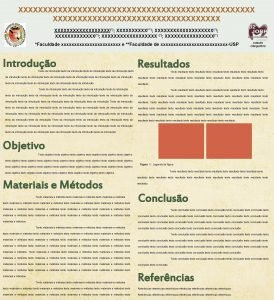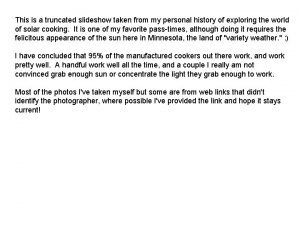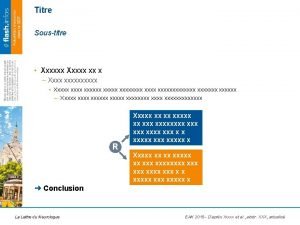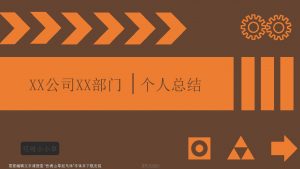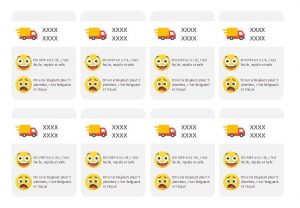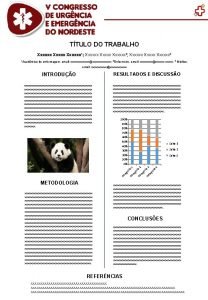Group Awesome xxxx xxxxxx xxxx Solar Oven Investigation






- Slides: 6

Group Awesome xxxx, xxxxxx, xxxx Solar Oven Investigation How varying the insulating materials affects the temperature increase within the oven

Experimental Question • How does varying the insulating materials surrounding the solar oven affect the temperature increase within the oven?

Procedure • Line all three small boxes with black paper (sides and base). • Place two small boxes into the medium boxes. Fill the gaps between the sides of the small boxes and medium boxes with Styrofoam pieces in one and shredded paper in the other. Make sure that the insulation materials are highly packed and very dense. • Place thermometers inside each of the three small boxes. • Stretch and secure with tape pieces of Saran wrap over the tops of the two medium boxes and the solitary small box. • Place boxes in a sunny spot with comparable amounts of sunlight for each. Record initial temperature. • Record temperature after 20 minutes of sunbathing.

Data/Results Data Set 1 (taken at 12: 00 PM - 12: 20 PM): (all numbers below in ℃) 0 minutes 5 minutes 10 minutes 15 minutes 20 minutes No insulation 41. 1 48. 4 51. 0 50. 0 51. 3 Paper ins. 54. 9 66. 7 73. 1 74. 2 75. 9 Styrofoam 44. 8 52. 8 56. 5 55. 7 57. 2 Insulation Type Temperature Change (Δ℃ or ΔK) none (control exposed to air) 10. 2 shredded paper 21. 0 Styrofoam pieces 12. 4

Data/Results Data Set 2 (taken at 10: 35 AM - 10: 50 AM): (all numbers below in ℃) Initial (0 min) 5 mins 10 mins 15 mins No insulation 31. 3 40. 4 43. 6 44. 1 Paper ins. 36. 1 55. 1 60. 9 62. 5 Styrofoam 32. 2 44. 8 48. 9 50. 0 Insulation Type Temperature Change (Δ℃ or ΔK) none (control exposed to air) 12. 8 shredded paper 26. 4 Styrofoam pieces 17. 8

Conclusion • Paper shreds were the most effective insulator of the two insulators – More heat was contained within the oven when paper was surrounding its walls – On average, paper insulation allowed the heat within the oven to raise the temperature 8. 5 ℃ than Styrofoam insulation and 12. 1 ℃ more than no insulation. Researching R-Values • • • Styrofoam (polystyrene) R-Value: 0. 63 K·m 2/W Cellulose (finely shredded paper) R-Value: 0. 67 K·m 2/W Outdoor Air film (Winter): 0. 030 K·m 2/W Outdoor Air film (Summer): 0. 044 K·m 2/W Fiberglass Insulation (What most of us have in our houses): 0. 80 K·m 2/W Improving Our Experiment If we could redesign our experiment, we would • Find a specific density for the insulation materials • Monitor the amount of energy escaping the oven • Digitally monitor the temperatures


